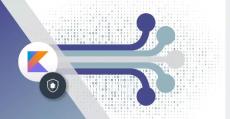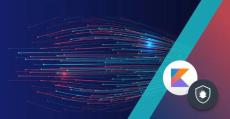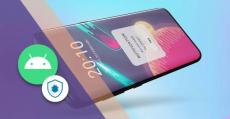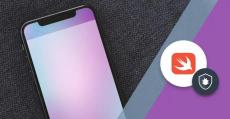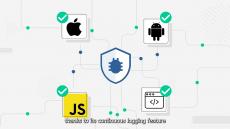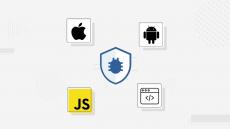- January 2025 (2)
- December 2024 (2)
- November 2024 (3)
- October 2024 (5)
- September 2024 (2)
- August 2024 (2)
- July 2024 (2)
- June 2024 (5)
- May 2024 (4)
- April 2024 (6)
- March 2024 (5)
- February 2024 (8)
- January 2024 (7)
- December 2023 (10)
- November 2023 (7)
- October 2023 (2)
- September 2023 (2)
- July 2023 (1)
- June 2023 (1)
- May 2023 (2)
- April 2023 (2)
- March 2023 (1)
- February 2023 (3)
- January 2023 (2)
- September 2022 (3)
- August 2022 (1)
- July 2022 (1)
- May 2022 (1)
- April 2022 (4)
- March 2022 (5)
- February 2022 (6)
- December 2021 (1)
- November 2021 (1)
- October 2021 (1)
- September 2021 (2)
- July 2021 (2)
- June 2021 (3)
- April 2021 (3)
- March 2021 (3)
- February 2021 (3)
- January 2021 (3)
- December 2020 (2)
- November 2020 (5)
- October 2020 (4)
- September 2020 (2)
- July 2020 (3)
- June 2020 (2)
- May 2020 (3)
- April 2020 (2)
- March 2020 (3)
- February 2020 (2)
- January 2020 (1)
- December 2019 (1)
- November 2019 (3)
- October 2019 (3)
- July 2019 (2)
- May 2019 (3)
- April 2019 (3)
- March 2019 (3)
- February 2019 (2)
- January 2019 (2)
- December 2018 (1)
- November 2018 (5)
- October 2018 (4)
- September 2018 (2)
- July 2018 (3)
- June 2018 (2)
- April 2018 (2)
- February 2018 (1)
- January 2018 (3)
- December 2017 (1)
- November 2017 (1)
Bugfender is a modern remote logger tailor-made for mobile development.
Most developers debug their apps by looking at the logs generated by their application. Usually this means connecting the mobile device with a debugging cable and looking into NSLogs or logcat.
Bugfender is a cloud storage service with an easy to use SDK that lets developers send their application logs for later use. Works for early development phases, beta testing and production applications. Bugfender unlocks the possibility to detect errors earlier, assist better users who contact your customer support and ultimately achieve an excellent customer satisfaction.
Bugfender represents a new opportunity, log collection services have existed for years on the back-end and network monitoring industry but never applied yet to mobile devices.




